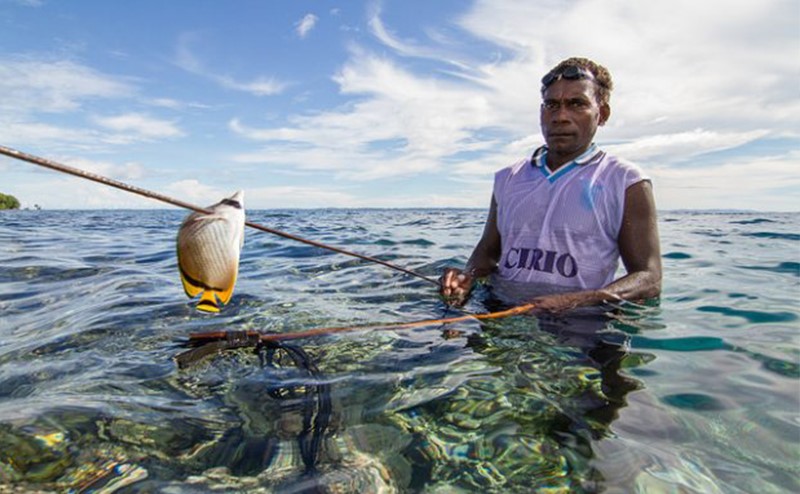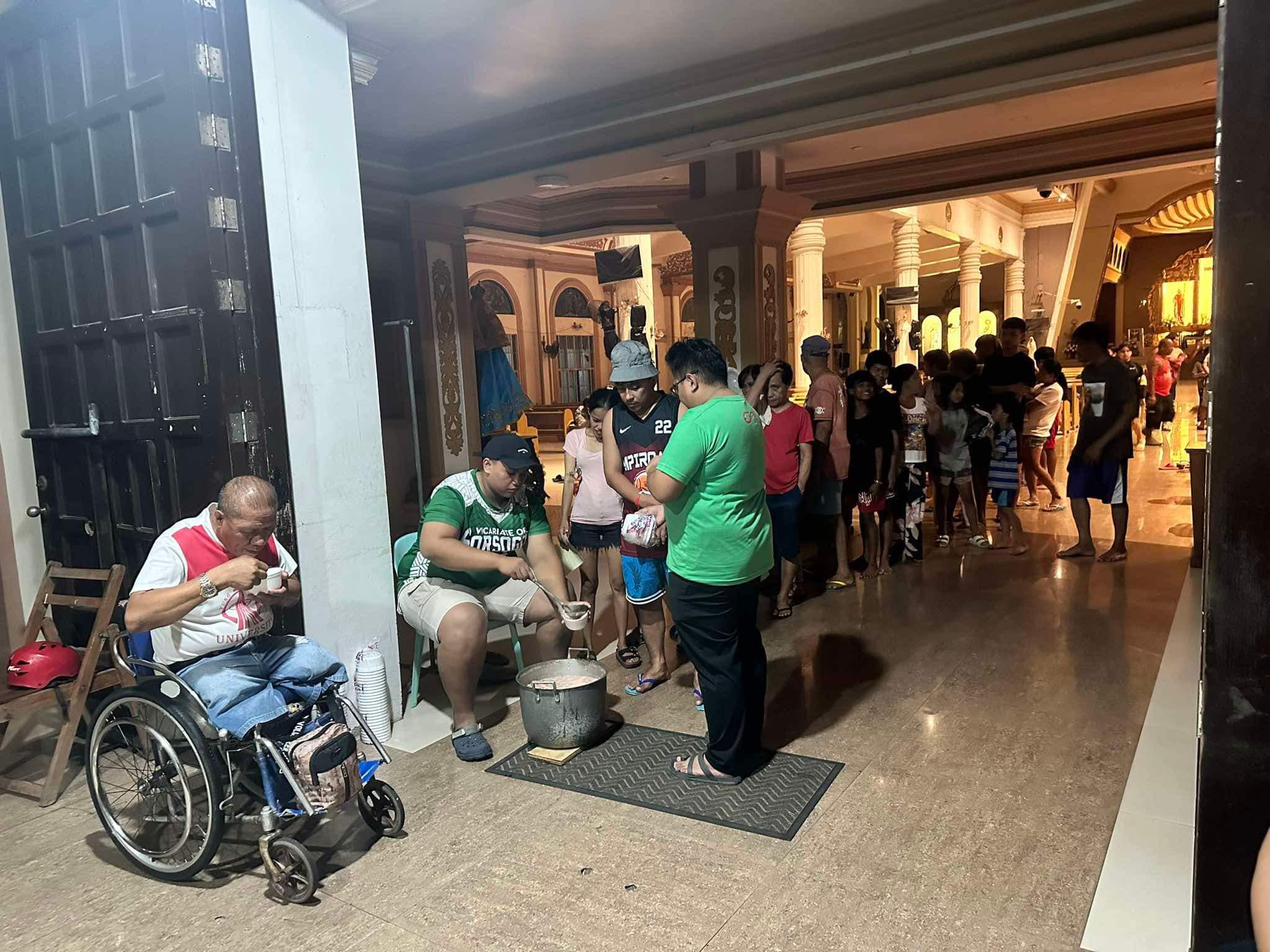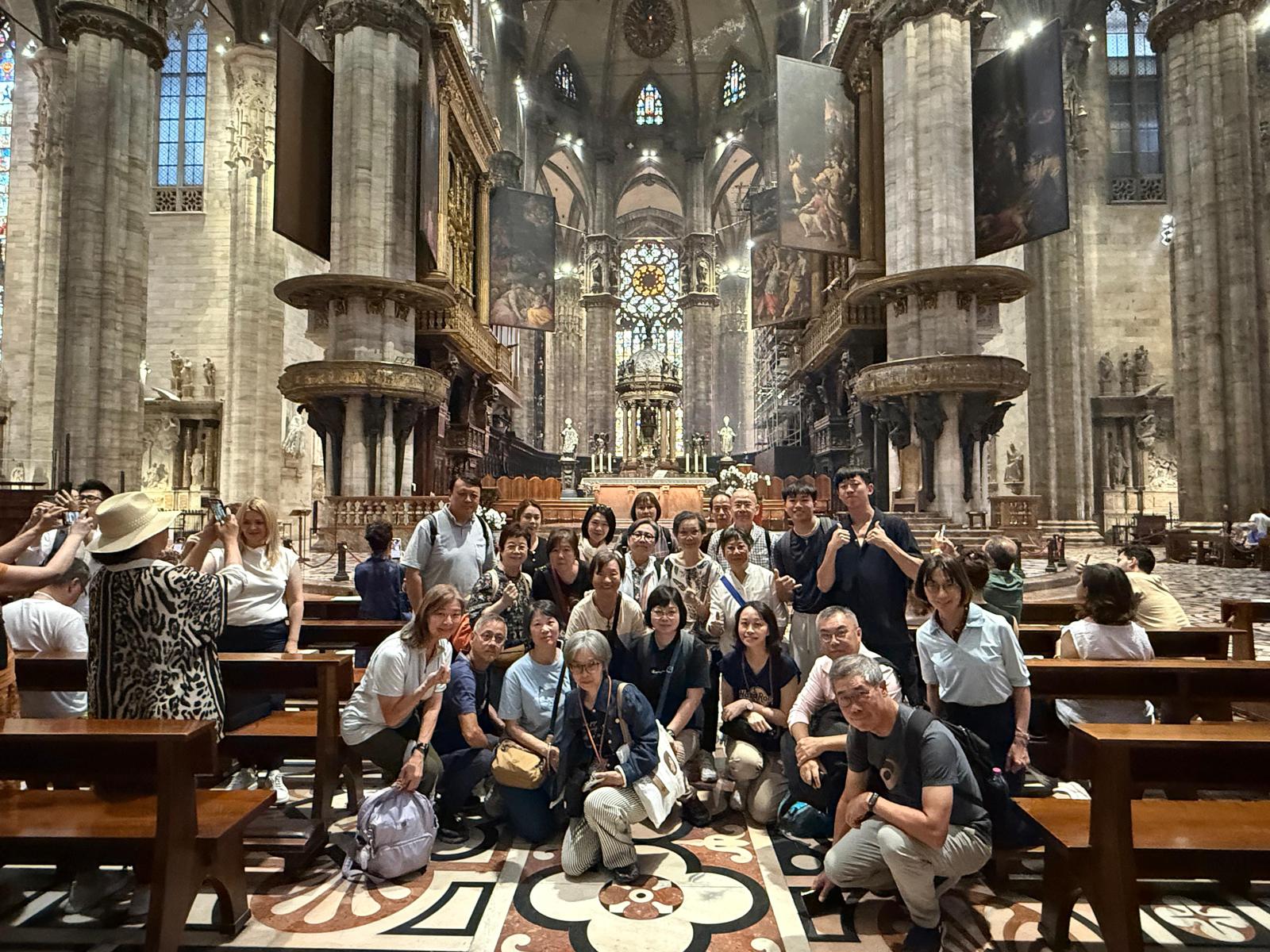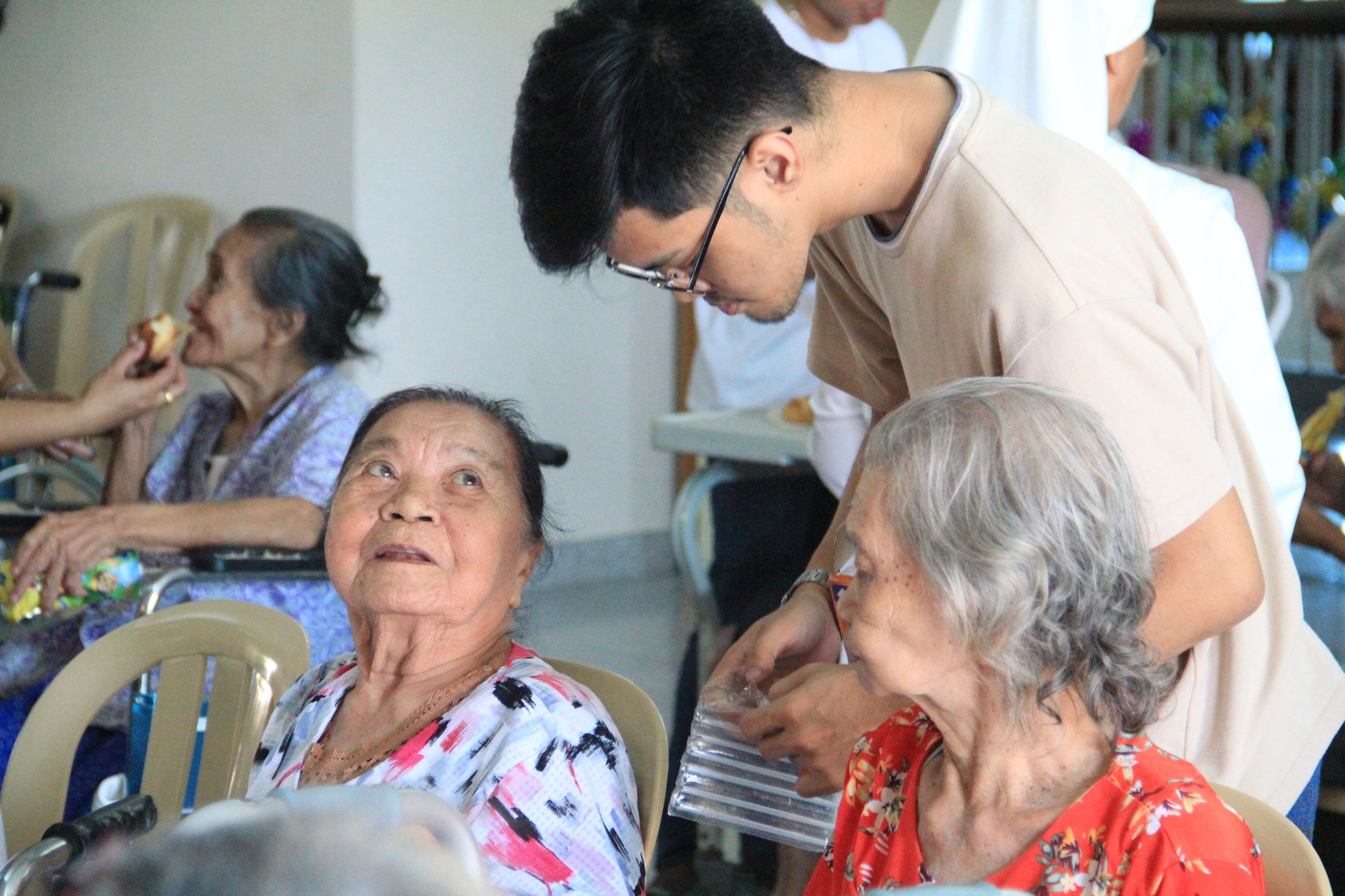Joaquim Magalhães de Castro
We are still in the Ulithi atoll…
The pilot Bernardo de Egui, mentioned in last week’s chronicle, assures us that the men of the six canoes who came to the ship Santo Domingo had long beards, in line with what is described in a letter referring to Egui’s trip written by Martín de Urzúa and Arizmendi, Count of Lizárraga, the then governor of the Philippines: “The Indians are well built, most of them tall and of considerable build. Some of them have mulatto hair; others, long, straight hair like the Jews; and they all have long, thick beards.”
The anthropologist William Lessa would prove the predominance of wavy hair, and, to a lesser extent, flowing hair, although he did not encounter relevant facial fur.
Another testimony is that of the Jesuit Gian Petro Maffei, a renowned Latinist and translator for the classic Latin of the work of his confrere Manuel da Costa concerning Jesuit missions in Asia entitled Rerum a Societate Iesu in Oriente gestarum and published in 1571 – where, from the rest, he found reference to the arrival of Rocha, Sequeira and his men, to such remote places.
Maffei speculates about the form of communication used between the Europeans and the natives, certainly with hand signs, although there is the possibility of having resorted to some words and phrases in the language of the Moluccas islands, a hypothesis, in fact, already considered by the chroniclers Lopes de Castanheda and João de Barros.
After four months, it is normal for visitors to have learned something from the native language and vice versa; there is nothing to suggest that people there understood Indonesian, let alone, of course, Portuguese.
With regard to nutrients, references to poultry are few and transitory, despite Lopes de Castanheda having highlighted the presence of “goats and chickens.” The latter, through William Lessa’s personal observation, were, in 1949, neglected as a food source, as well as their eggs, which is quite strange. “Chickens are not domesticated and they fly way over trees when we approach them,” wrote Lessa.
On the contrary, all the plant foods mentioned by João de Barros – rhizomes and tubers – were still present in the menu of the Ulithians, their importance matched that of the coconut, while the banana – surprised! – was a food of relative importance.
The common yams were not grown there and the presence of sweet potatoes was undoubtedly due to a late introduction.
Father Cantova dedicates only three short sentences to Ulithian food in the letter sent in 1731 and referring to his mission in the atoll, mentioning coconuts, “two types of root crops that are of little importance,” and a fruit that he called “alfuch,” perhaps a type of banana. There is no evidence that yams were ever grown there; João de Barros only mentions root crops that were “like” yams.
Photo: Joaquim Magalhães de Castro


 Follow
Follow


